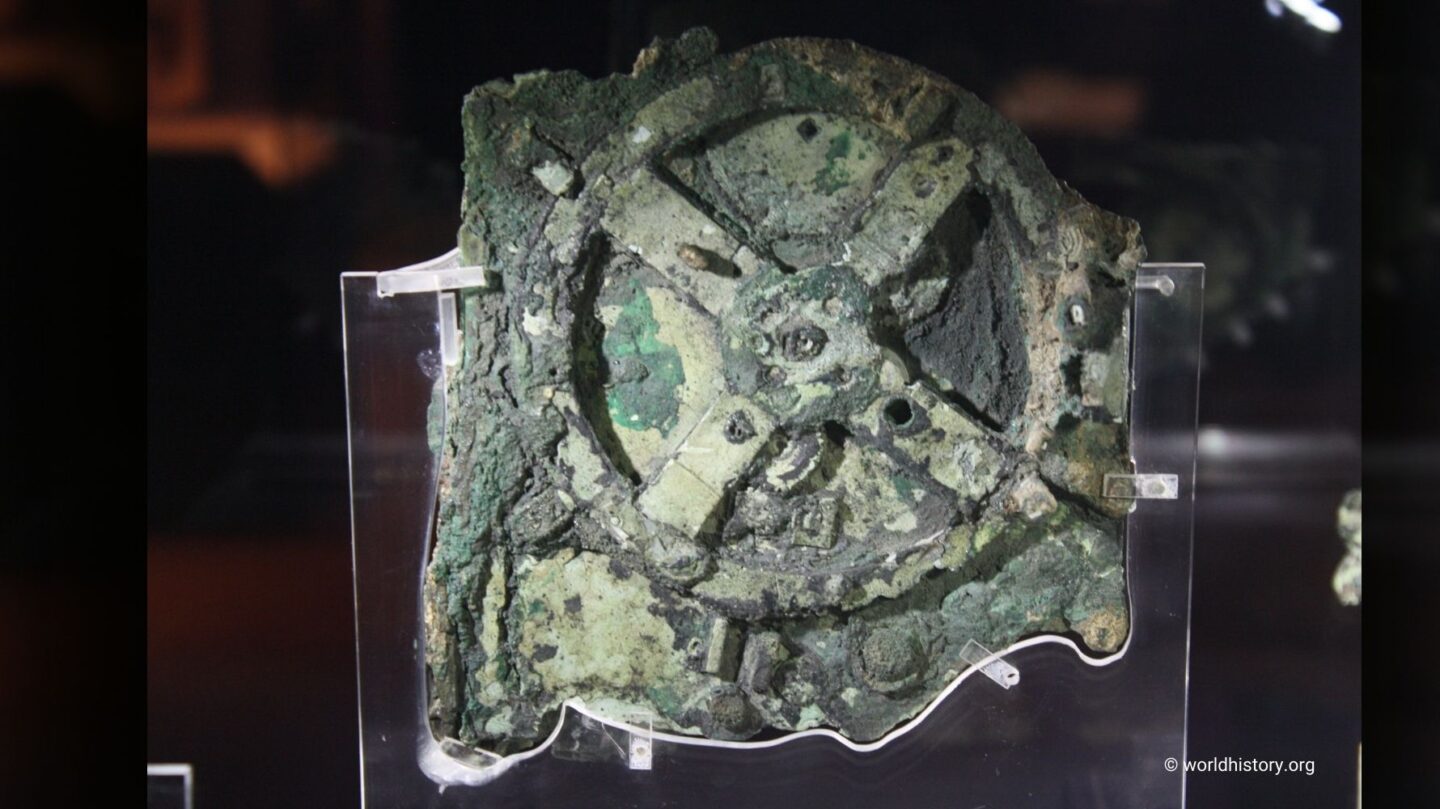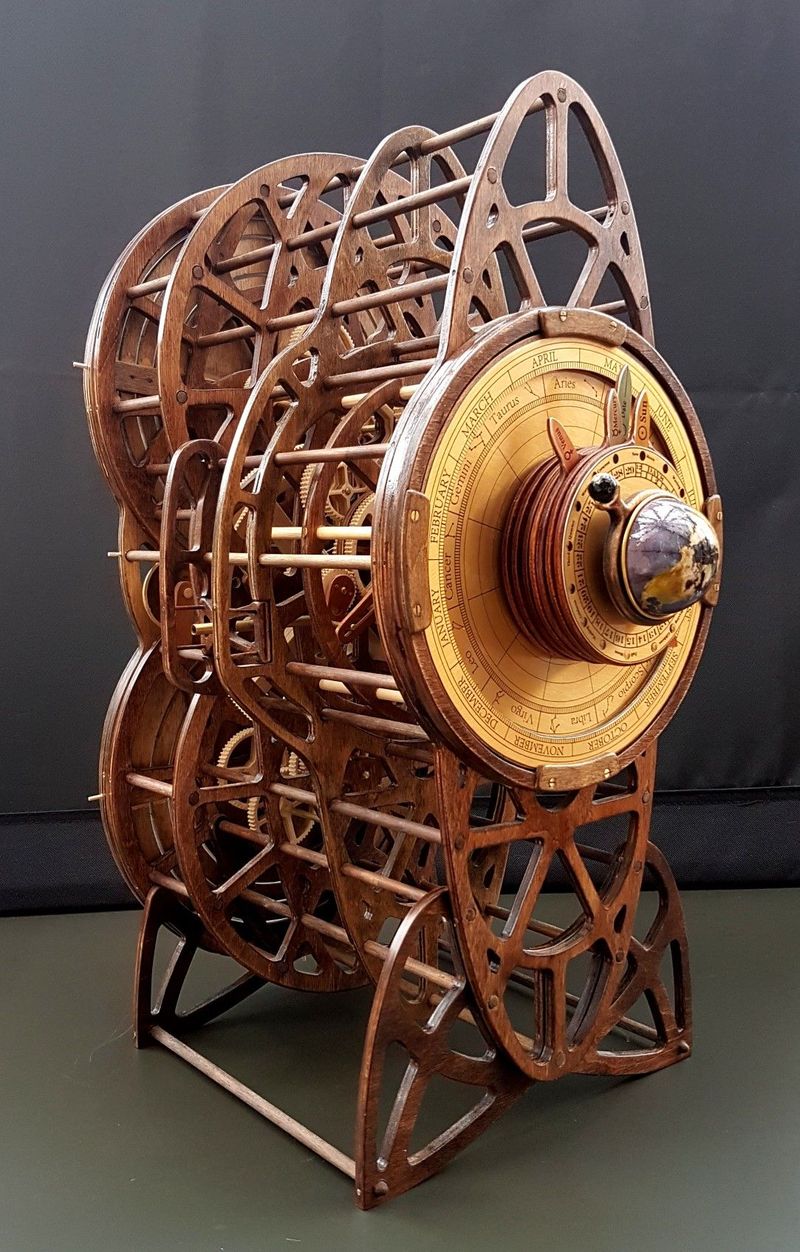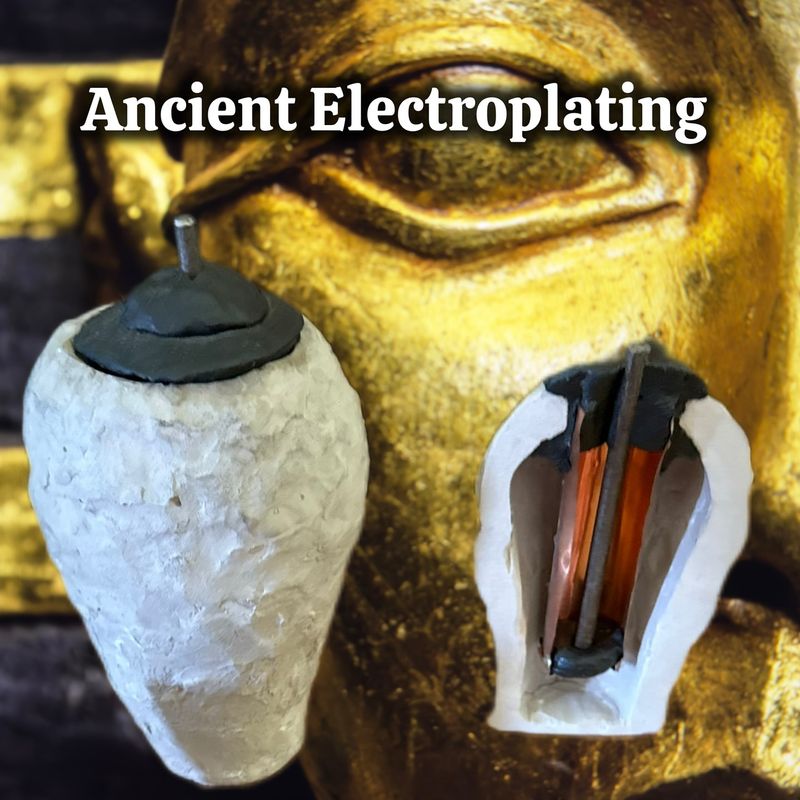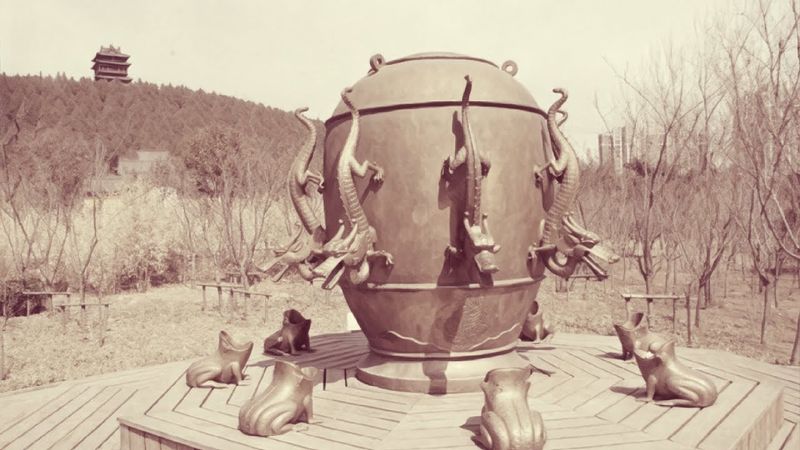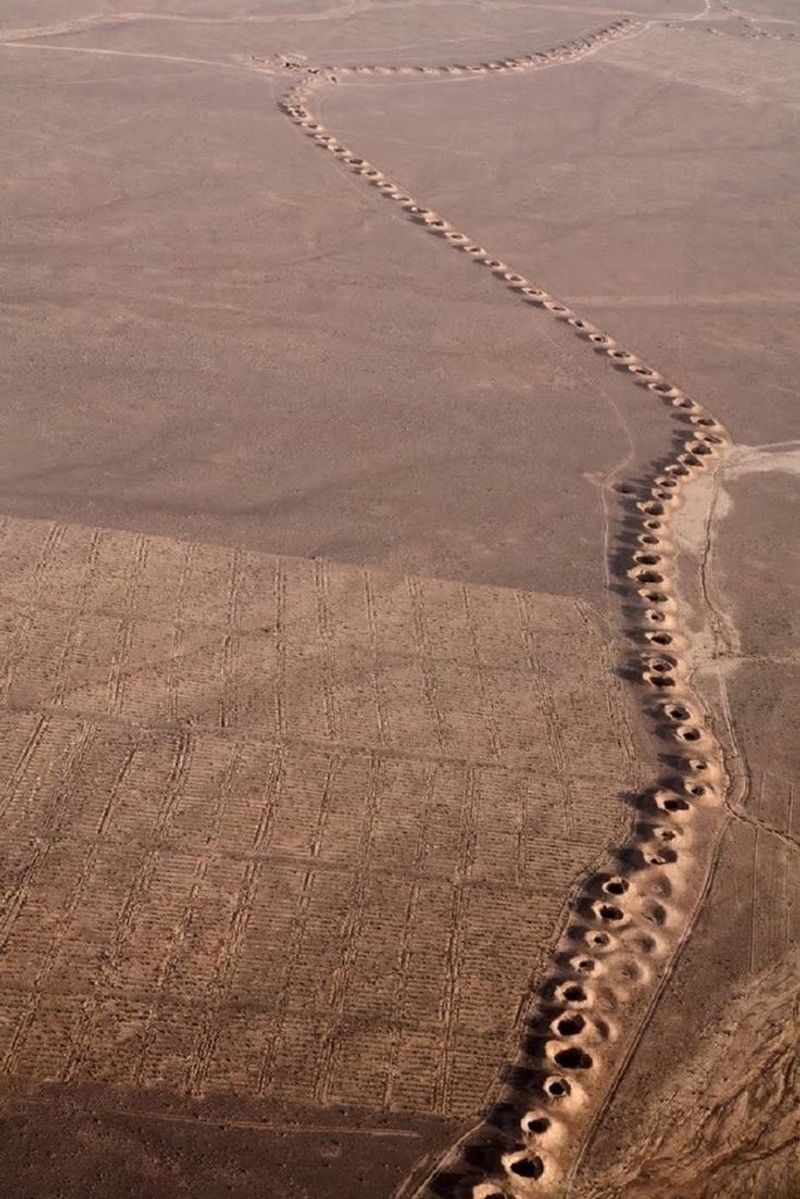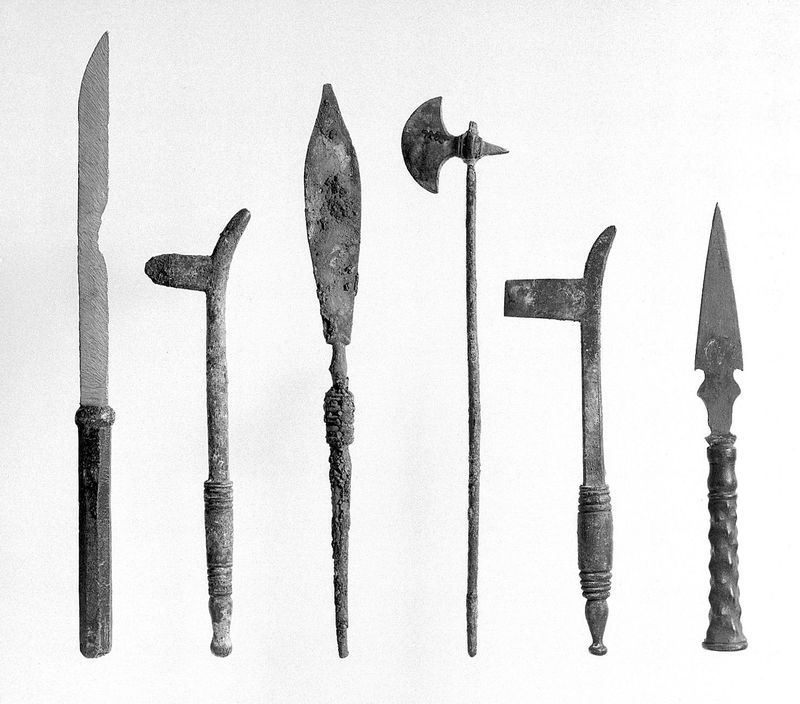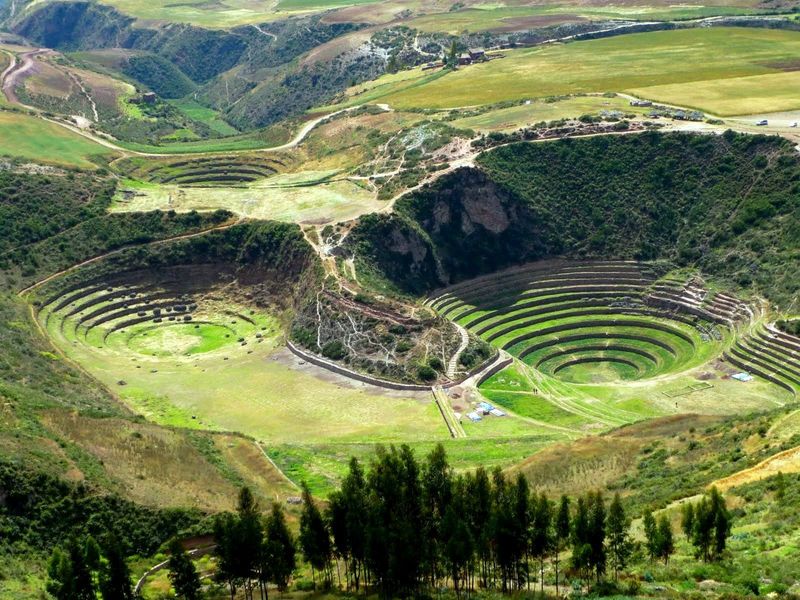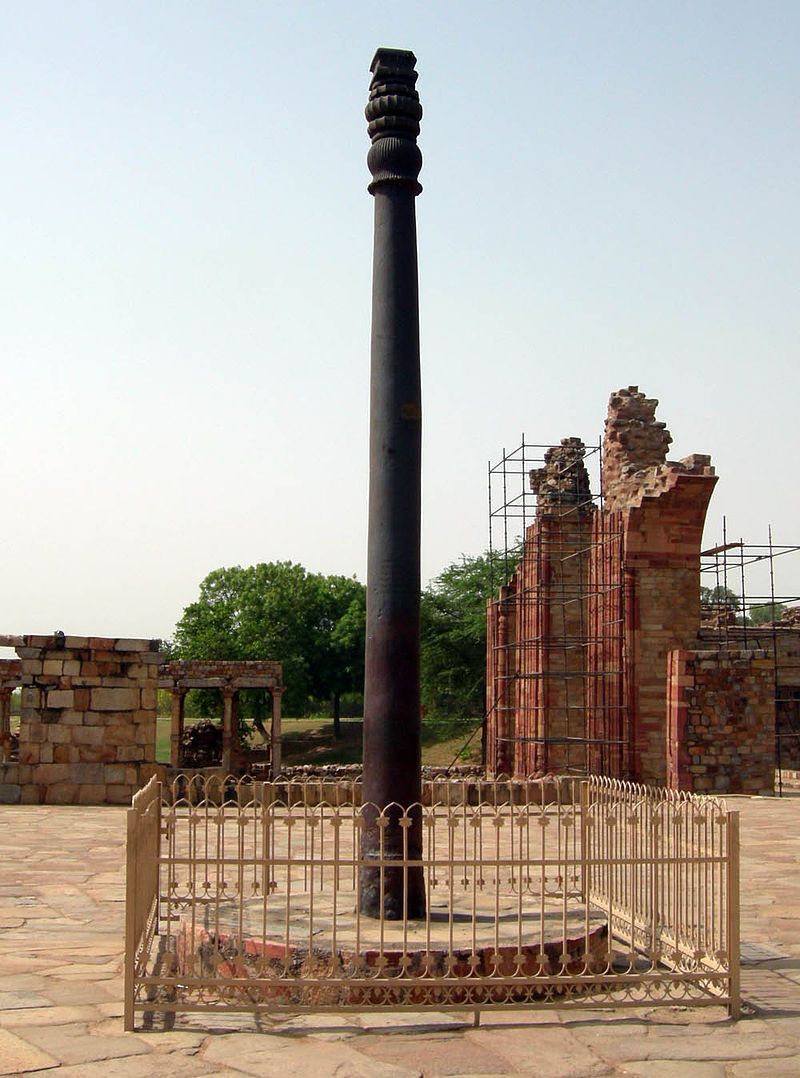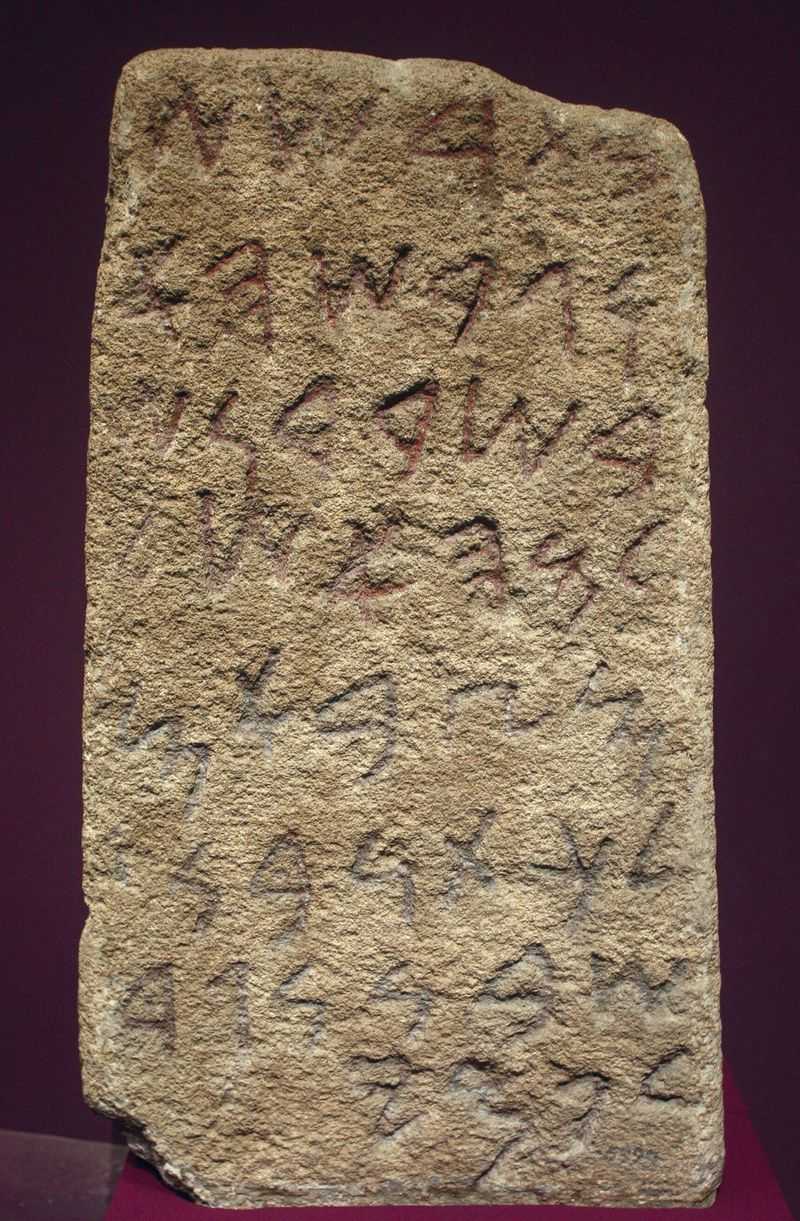Throughout history, ancient civilizations have gifted the world with incredible inventions, many of which have been forgotten in the sands of time. These inventions not only shaped their contemporary societies but also laid the groundwork for modern advancements. This blog post explores ten such remarkable inventions from ancient times that have significantly impacted the world, albeit remaining unsung heroes of technological progress.
Antikythera Mechanism
The Antikythera Mechanism, discovered in a shipwreck off the coast of Greece, is an ancient marvel. Thought to be the world’s first analog computer, it dates back to the 1st century BCE. This intricate device was used to predict astronomical positions and eclipses.
Crafted with a series of gears and dials, it demonstrates the advanced understanding of astronomy and engineering by the ancient Greeks. Its complexity baffles researchers even today.
Although forgotten for centuries, the Antikythera Mechanism underscores the ingenuity of ancient technology, paving the way for modern computing devices.
Baghdad Battery
The Baghdad Battery, unearthed near Baghdad, Iraq, might be history’s first battery. Dating back to around 250 BCE, it’s a set of terracotta jars containing metal rods.
These artifacts suggest ancient people had knowledge of electrochemical cells, possibly used for electroplating or simple electrotherapy.
Though its exact purpose remains speculative, the Baghdad Battery illustrates that ancient civilizations experimented with electricity. Rediscovered in the 20th century, it challenges our understanding of technological progress, revealing a forgotten era of electrical innovation.
Roman Concrete
Roman concrete, a long-forgotten marvel, is renowned for its durability. Composed of volcanic ash, lime, and seawater, it was used to construct enduring structures like the Pantheon and aqueducts.
Unlike modern concrete, Roman concrete strengthens over time, resisting erosion even underwater. This ingenious mixture showcases Roman engineering prowess.
Rediscovering its formula has intrigued modern scientists, as it holds the key to sustainable construction. The legacy of Roman concrete continues to influence today’s architectural innovations, proving that ancient methods can still surpass modern technology.
Chinese Seismograph
The Chinese Seismograph, invented in 132 CE by Zhang Heng, was the world’s first earthquake-detection device. It featured a large bronze vessel with dragon heads pointing in eight directions.
When an earthquake occurred, a ball would drop from a dragon’s mouth into a toad’s mouth below, indicating the quake’s direction.
This ingenious invention allowed ancient China to detect and respond to seismic events promptly. Although lost to time, it laid foundational principles for modern seismology, demonstrating the advanced scientific curiosity of ancient Chinese scholars.
Persian Qanat
The Persian qanat, a remarkable ancient irrigation system, was developed around 1000 BCE. It consists of underground tunnels that transport water from aquifers to arid regions.
This ingenious technique allowed the Persians to cultivate land far from water sources, supporting agriculture in harsh climates.
The qanat system exemplifies ancient Persia’s mastery in engineering and water management. Although less common today, the principles of qanats inspire modern sustainable water systems. Rediscovering this invention highlights ancient wisdom in environmental adaptation.
Egyptian Surgical Instruments
Ancient Egyptian surgical instruments, dating back to 1600 BCE, reveal their advanced medical practices. Made from bronze and copper, these tools include scalpels, scissors, and forceps.
Egyptian physicians were skilled in various surgeries, understanding anatomy and infection control long before their time.
The precision and variety of these instruments debunk the myth of primitive ancient medicine, showcasing the medical expertise of the Egyptians. Though many tools are forgotten, their contributions to surgery have left a lasting impact on modern medical techniques.
Inca Terraces
Inca terraces, designed in the 15th century CE, transformed mountainous landscapes into arable land. Built with stone retaining walls, they prevented soil erosion and optimized water usage.
These terraces allowed the Incas to grow diverse crops at various altitudes, feeding their vast empire.
This agricultural innovation demonstrates the Incas’ deep understanding of ecology and engineering. Although many terraces are abandoned today, their design principles continue to influence sustainable farming practices worldwide, teaching us to harmonize with nature.
Indian Iron Pillar
The Iron Pillar of Delhi, erected in the 4th century CE, is a testament to ancient India’s metallurgical prowess. This 7-meter tall iron pillar has resisted corrosion for over 1600 years.
Made of pure iron with a unique composition, its durability has puzzled scientists. The pillar’s secret lies in its protective oxide layer, formed naturally over centuries.
This forgotten invention reflects the advanced understanding of materials by ancient Indian blacksmiths. Their expertise in metallurgy continues to inspire modern corrosion-resistant technologies.
Phoenician Alphabet
The Phoenician alphabet, developed around 1050 BCE, revolutionized written communication. Comprising 22 characters, it simplified complex writing systems, making literacy more accessible.
This alphabet laid the foundation for modern writing systems, influencing Greek and Latin scripts. Its simplicity and adaptability enabled widespread use across the Mediterranean.
Though largely forgotten, the Phoenician alphabet highlights the power of language innovation. It underscores the significance of written communication in cultural exchange and societal development, paving the way for the global languages we use today.
Greek Fire
Greek Fire, a formidable Byzantine weapon, emerged in the 7th century CE. This incendiary liquid could ignite on water, devastating enemy ships in naval battles.
Its exact composition remains a mystery, as it was a closely guarded secret. The Byzantines used Greek Fire to defend their empire against numerous adversaries.
Although forgotten after the fall of Byzantium, this invention exemplifies ancient military ingenuity. It highlights the importance of technological superiority in warfare, reminding us of the constant evolution of military tactics through history.
